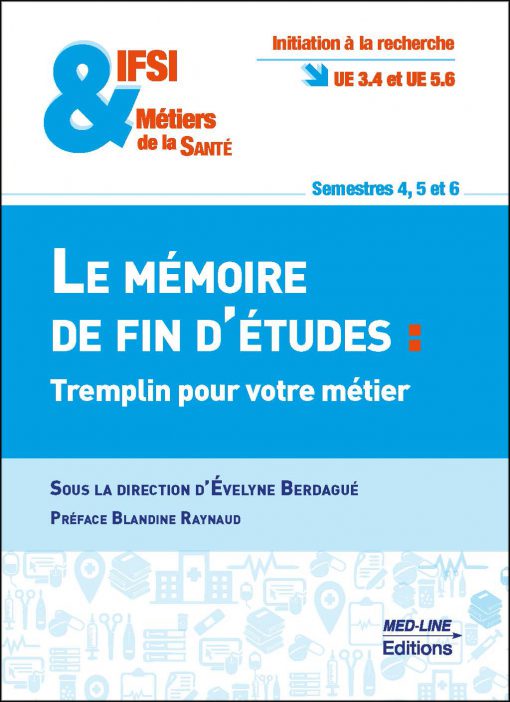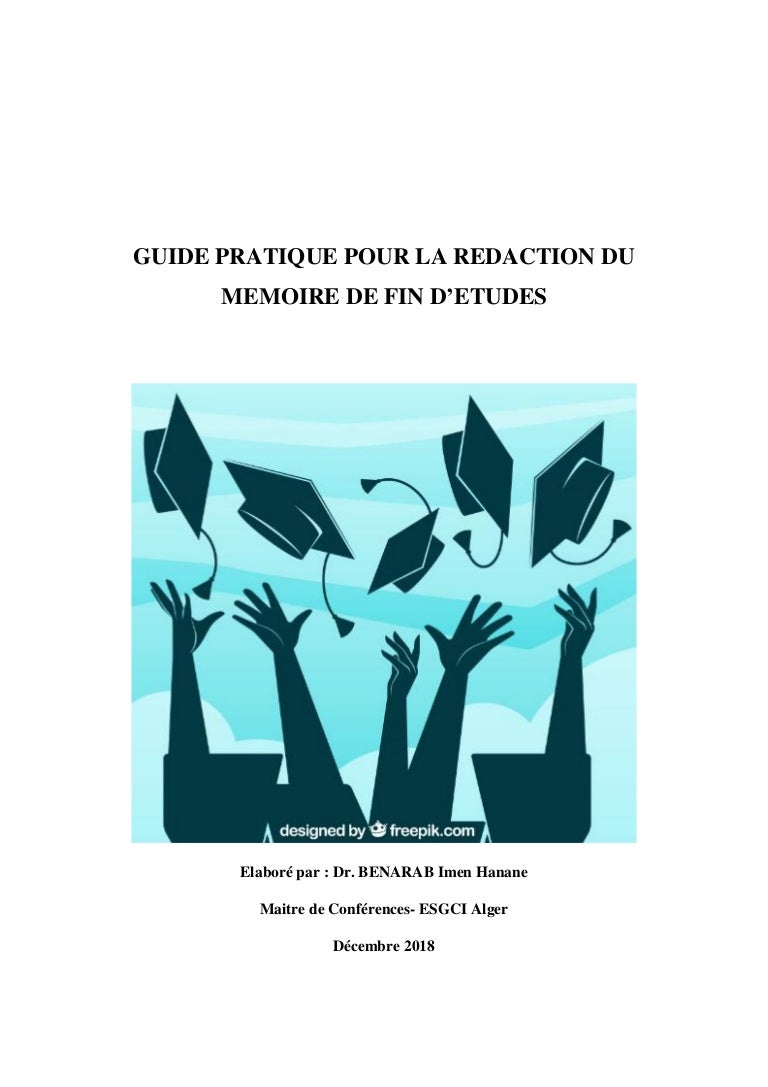
In effect, the organisation of university studies made it necessary to have a more precise definition, which create the level of "maîtrise".Ī "maîtrise" (now called Master 1) student's work, if it was original research, could not be called a thesis, for the student generally did not invent a concept or a new theory at this level. The development of using mémoire to mean a piece of university writing occurred in the course of the 20th century. All university writings in this era, however, were still called theses – mémoire did not yet have a university sense. The mémoire thus became shorter and shorter, serving to enlighten the reader on a precise point such as a subject that had to be treated by the administration or politicians. It lost its polemical character and became a scientific text (or one that wanted to be scientific), for showing a fact, principal or idea. In the course of the 19th century, mémoire took on a sense that approaches the sense it holds today. le maréchal de Vauban, présenté au Roi en 1704, and the religious quarrels of the time also produced several mémoires. Vauban also wrote mémoires to Louis XIV on fortifications, such as Mémoire pour servir d'instruction dans la conduite des sièges et dans la défense des places, par M. Little by little, and above all in the modern era, the term became synonymous with an argumentative piece of writing, serving and asserting an idea. In this era, it simply meant an explanatory text written to show an idea. The existence of the Chott at the centre of the Hodna basin increases also the risk of the spread of salinity.The word appeared in the course of the 12th century. These higher yields pose serious problems of inundation and sediment deposition, furthermore the loss of the water resource and arable land, as rare in Algeria.


The obtained results show that the Hodna watershed loses annually about of 403 million m3 of water and 11 milliontons of sediment however, these numbers may be double, taking into account the both variability of the rainfall and the erosion. Assuming that the sub-basins of each group have the same hydrological behaviour, the specific erosion and the depth of runoff calculated from the gauged sub-basins are extrapolated to those ungauged, in each group.

Among the four sub-basins of the group (Elham, Bousaâda, M’cif, El Ham) Only Elham sub-basin is gauged by three stations, two into the sub-basin and the third (Rocad sud station) at its outlet. The second sub-basins group (southern) is characterized, contrary to the first one, by a low rainfall and land slope with a mediocre vegetative cover. The two others sub-basins (Lougmane and Barika) are not gauged. For a total area of 9553 km², there are only two gauging stations: K’sob and Sidi Oudah station installed into tow sub-basins K’sob and Soubella respectively. The first sub-basins group (northern) is characterized by a relatively high rainfall, dense vegetative cover and a high land slope. The sub-basins of Hodna can be organized in two groups: the group of sub-basins of the northern and that of the southern. In this paper, we use the reliable data of these stations to quantify the water and sediment yields of Hodna basin furthermore, we examine their harmful impacts. Hodna basin is equipped with 7 gauging stations that are not all reliable. The risk of the spread of salinity is also high. The population of the few villages and all the infrastructures in the bowl are threatened.

These two problems have become more visible and persistent last years. At the centre of this letter region, the dry salt lake named “Chott El Hodna” (1150 km²) receives the liquid and solid yields of the all wadis of Hodnaīasin, which poses serious problems of flooding and deposition of sediment. The situation of this basin between two sets of mountains at the north and the south, organizes it as an endorheic basin around an almost flat depression at 400 m altitude. The Hodna watershed (26 000 km²) is the fifth large basin of Algeria, it is located in the centre of Algeria at 150 km from the Mediterranean Sea.


 0 kommentar(er)
0 kommentar(er)
